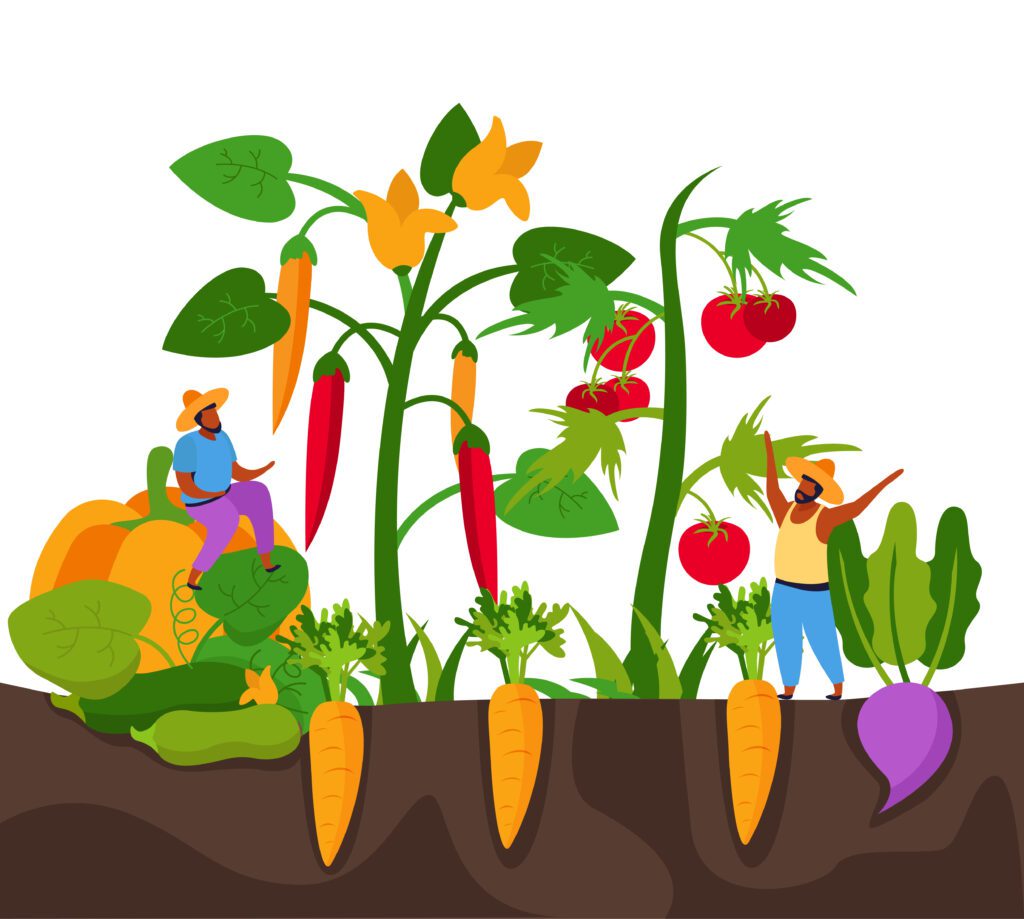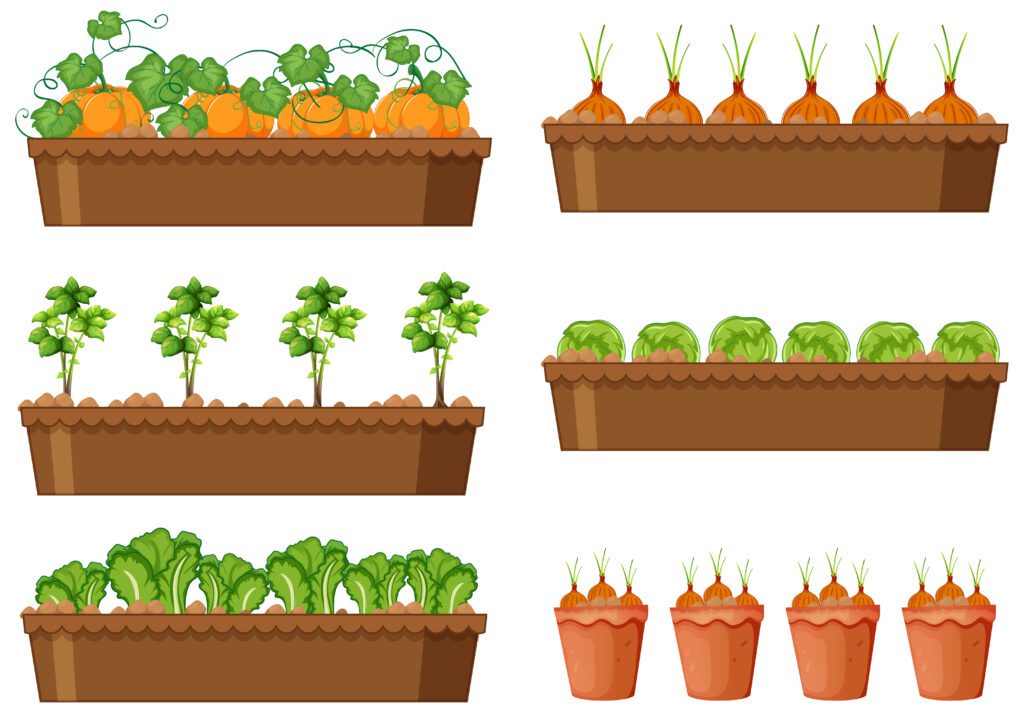Horticultural crops are plants cultivated and grown for their fruits, flowers, vegetables, or ornamental features. They play a crucial role in agriculture and contribute to food security and the beautification of landscapes.

What are the examples of horticulture crops?
20 examples of horticultural crops are given below:
1. Tomatoes
Tomatoes are one of the most popular horticultural crops, known for their versatile culinary uses and rich nutritional content. They require warm temperatures and well-drained soil for optimal growth.
2. Roses
Roses are iconic ornamental plants appreciated for their beauty and fragrance. They come in various colors and types, making them a favorite for gardens and floral arrangements.
3. Apples
Apple trees produce delicious and nutritious fruits enjoyed worldwide. They need a cold winter period to break dormancy and initiate fruiting in spring.
4. Peppers
Peppers, both sweet and hot varieties, are popular vegetables in horticulture. They thrive in warm climates with ample sunlight.
5. Orchids
Orchids are exotic and elegant flowers highly prized by collectors and decorators. They require specific care, such as proper humidity levels and well-draining media.
6. Grapes
Grapes are cultivated for fresh consumption and winemaking. They grow best in temperate regions with well-drained soil.
7. Lettuce
Lettuce is a fast-growing leafy vegetable suitable for various salads. It prefers cooler temperatures and regular watering.
8. Tulips
Tulips are vibrant spring flowers that add a burst of color to gardens. They require a period of cold dormancy to bloom successfully.
9. Carrots
Carrots are popular root vegetables with high nutritional value. They grow best in loose, sandy soil.
10. Daffodils
Daffodils are cheerful, trumpet-shaped flowers that herald the arrival of spring. They are low-maintenance and naturalize well in gardens.

11. Cucumbers
Cucumbers are refreshing and versatile vegetables, often grown in greenhouses or outdoor gardens with warm temperatures.
12. Sunflowers
Sunflowers are tall, sun-loving flowers known for their large, yellow blooms. They are easy to grow and attract pollinators.
13. Potatoes
Potatoes are staple horticultural crops, grown for their underground tubers. They thrive in well-draining, sandy soil.
14. Lavender
Lavender is a fragrant herb used in aromatherapy and culinary applications. It requires well-drained soil and full sun.
15. Blueberries
Blueberries are nutritious and antioxidant-rich fruits cultivated in acidic soil conditions. They are popular in desserts and smoothies.
16. Snapdragons
Snapdragons are colorful, snap-shaped flowers that bloom in various hues. They are ideal for adding vertical interest to gardens.
17. Spinach
Spinach is a leafy green vegetable packed with nutrients and commonly used in salads and cooking. It prefers cooler temperatures.
18. Poinsettias
Poinsettias are festive plants with vibrant red bracts, popular during the holiday season. They require controlled lighting conditions to induce coloration.
19. Zucchinis
Zucchinis, or courgettes, are fast-growing summer squash known for their tender texture. They thrive in warm climates.
20. Marigolds
Marigolds are bright and pest-repellent flowers commonly used as garden borders or companion plants. They prefer full sun and well-drained soil.
In conclusion, horticultural crops offer a diverse array of benefits, ranging from nutritional value and economic importance to cultural significance and environmental contributions. Whether it’s the joy of nurturing ornamental flowers or the satisfaction of harvesting fresh vegetables, horticulture plays an essential role in our lives and communities. Embracing horticultural practices can lead to a greener, healthier, and more sustainable future.

